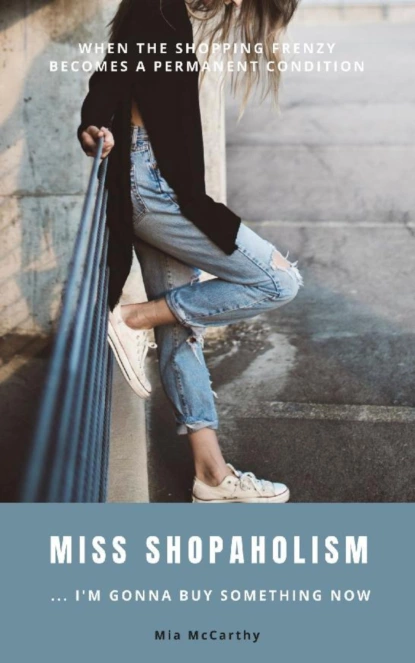Umfang 60 Seiten
Miss Shopaholism ... I'm Gonna Buy Something Now
Über das Buch
Miss Shopaholism … I'm Gonna Buy Something Now: When The Shopping Frenzy Becomes A Permanent Condition (Fight Shopping Addiction).
Fight shopping addiction: Free yourself from compulsive shopping – treatment, help and valuable tips!
Shopping is fun for many people: Strolling through the city or shopping on the net is often a welcome opportunity to relax and do something good for yourself. Basically not object, within the scope of their own financial possibilities, to giving themselves or other persons the one or other wish to fulfill. Shopping becomes critical as a rule only when it is not and it attains a status in its own life that is in proportion to others, areas of life appears overrated.
A buying addiction usually begins insidiously. What begins as an occasional frustration purchase can unnoticed become an uncontrollable desire and quickly take on a worrying dimension. Many affected people do not manage to fight their constraints on their own.
For those affected, shopping becomes a regular intoxication.
As with many types of addiction, those addicted to shopping also have a preference for certain objects or behaviours: Some people predominantly buy shoes, others lose their heads in special offers or order the tenth food processor from the online shop. Those who are addicted to buying do not buy the items because they need them. It is all about the process of buying. This triggers an intoxicating feeling of happiness in the addict. Once the purchase is complete, however, the intoxication is also over.
This is followed by feelings of guilt and depression, which in turn are numbed by new purchases. In the end, the shopping addicts often face broken families, broken friendships and a huge mountain of debt.
Gain control over shopping addiction – Conscious and healthy consumption management!
Do something good for yourself and take some time for this guide. Take the first step into a happy and fulfilled life. Try it out – it's worth it!
















